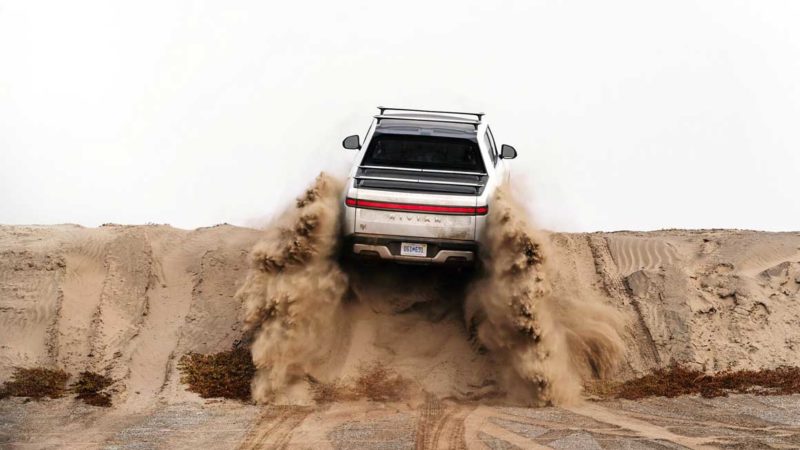It’s more than a little ironic that the Technology Investment Roadmap discussion paper released on Thursday by energy and emissions reduction minister Angus Taylor noted the limited range of electric vehicles on offer in Australia.
From failing to even discuss vehicle emissions standards, to issuing a one page promise to deliver an electric vehicle strategy – instead of actually just delivering it – it’s not as if the Coalition government has done anything useful to date to encourage car makers to import more electric vehicle models.
Instead a fear campaign was launched against Labor’s proposed 50% EV sales by 2030 target – a campaign that the Coalition has now admitted is a lie, as Senator Simon Birmingham conceded that electric utes will be available for tradies and that weekends will not be ruined because EVs cannot tow. (They can).
Electric vehicles are coming, the only question for Australian consumers is how quickly – given that the shift overseas is happening much more quickly thanks to new vehicle emissions regulations in the European Union and California.
Even in Australia, which is still being labelled a laggard in the shift to clean, electric mobility, auto sales have been down across the board for two years now, while EV sales are increasing, albeit from a very small base.
Which begs the question: if the uptake of electric vehicles is to gain hold in Australia, there need to be enough models that are fit for purpose for a range of uses – the very concern at the heart of the cries about utes for tradies and ruining weekends.
So what would those vehicles be? Here’s a by-no-means-exhaustive list of electric vehicles that once available might see more Australians embrace the switch to electric.
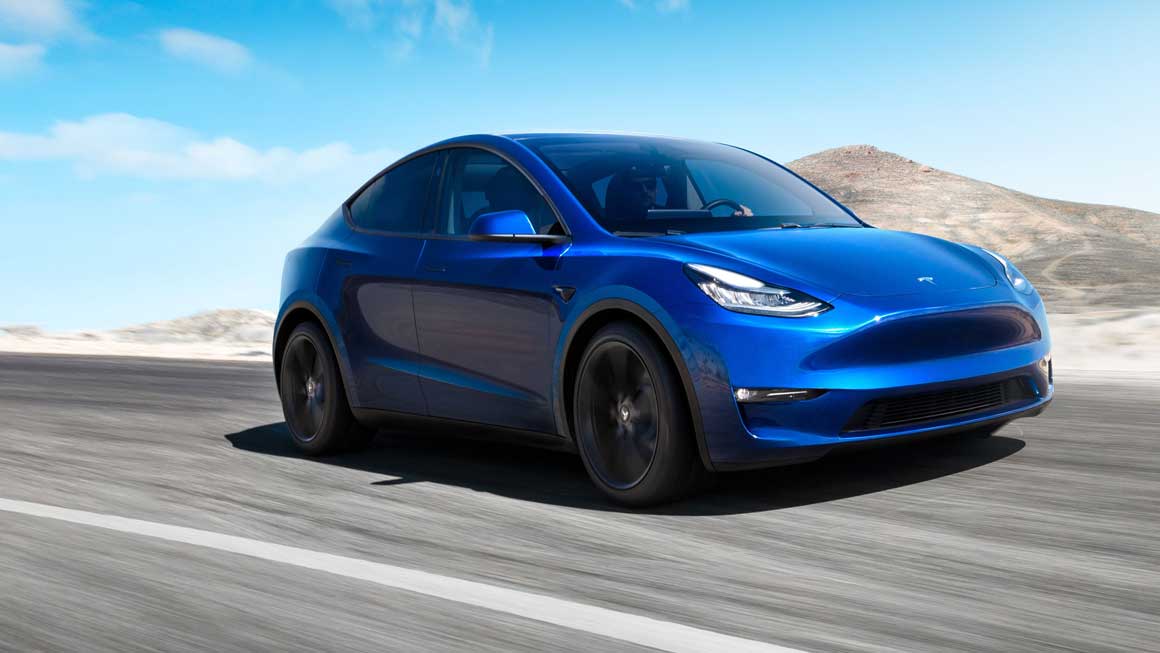
Tesla Model Y
The Tesla Model Y crossover is top-of-list in terms of electric vehicle desirability (my own informal survey on Twitter indicated this was the clear favourite) – and, as of April it is available (in the US at least) with a tow hitch option.
In terms of flexibility it will offer a 7 seat option, one of the few on the market that is slated for Australia. As Tesla’s latest model it has received the teardown treatment from automotive engineer Sandy Munro, who praised it for its new method of casting whole body pieces, an energy efficient heat pump and other innovative approaches.
It will also benefit from all the work Tesla has been doing on making EV batteries cheaper to make as well as last a million miles (OK, 1.6 million kilometres).
However, when it will make it here is anybody’s guess at this stage. Hopefully it will be more quickly than the three years it took for the Model 3 to arrive on Australian soil.
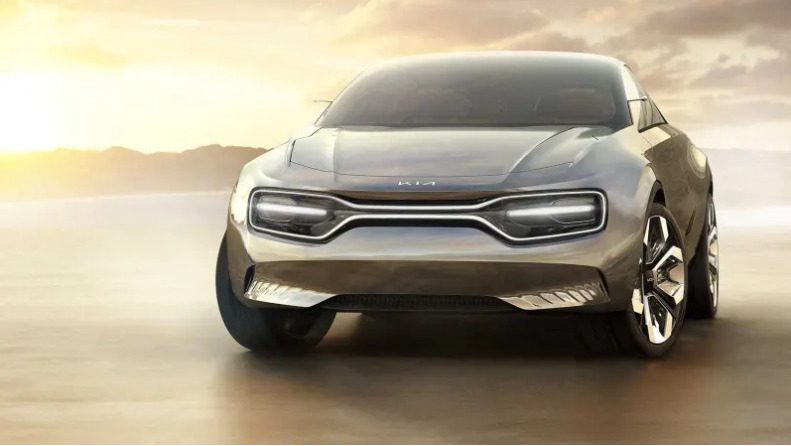
Kia CV
Both Kia’s e-Niro and e-Soul were slated for Australian shores before Kia pulled them in order to feed demand in overseas markets – notably the fellow right-hand-drive UK, where it has promised to ramp up supply.
However, Kia’s next expected electric vehicle is codenamed the Kia CV and is based on Kia’s Imagine concept, and will be introduced in 2021 to European markets.
What is interesting about this vehicle is that Kia plans to offer it with either a 400 volt or 800 volt architecture – the latter of which would be able to make use of 350kW ultra-fast chargers.
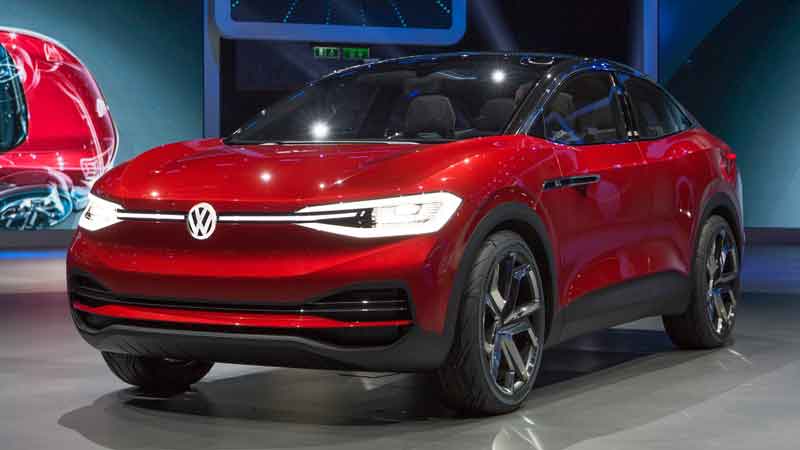
Volkswagen ID4
Australia will need more electric SUVs, as it is this segment – Australia’s most popular – that has been pegged as the major reason for rising transport emissions (even despite improving fuel emissions standards overseas).
Volkswagen says it is still on track to release its ID3 electric hatchback in European markets this northern hemisphere winter despite reports of software issues, but it is the ID4 electric SUV based on the ID Crozz that Volkswagen Australia says it would like to see here first.
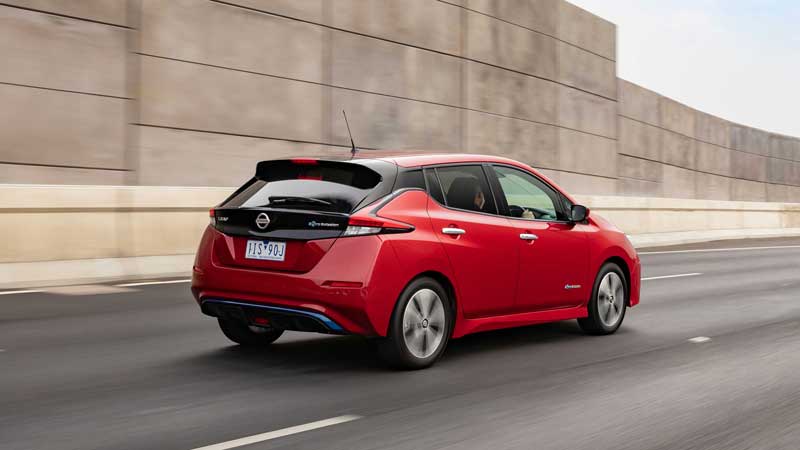
Nissan Leaf 62kWh
There was a gap of several years between Nissan’s original Leaf hatchback (which it pulled due to lack of demand) and its reintroduction to the Australian market in 2019.
In a bid to enter the market below $50,000 Nissan decided to only import the 40kWh Leaf – which was a definite improvement as it nearly doubled the previous battery size of 22kWh and brought the range from 117km to an acceptable 270km (WLTP).
But for some, the 270km driving range is still not enough. The Leaf e+, with a 62kWh, will offer 40% more range, and with the added bonus of bidirectional charging (once it is approved in Australia) would give electric car owners wanting to take advantage of vehicle-to-grid benefits to boot.
Nissan boss Stephen Lester has said that the 62kWh Leaf e+ will come to Australia, however there is still no definite timeline for when this will happen.
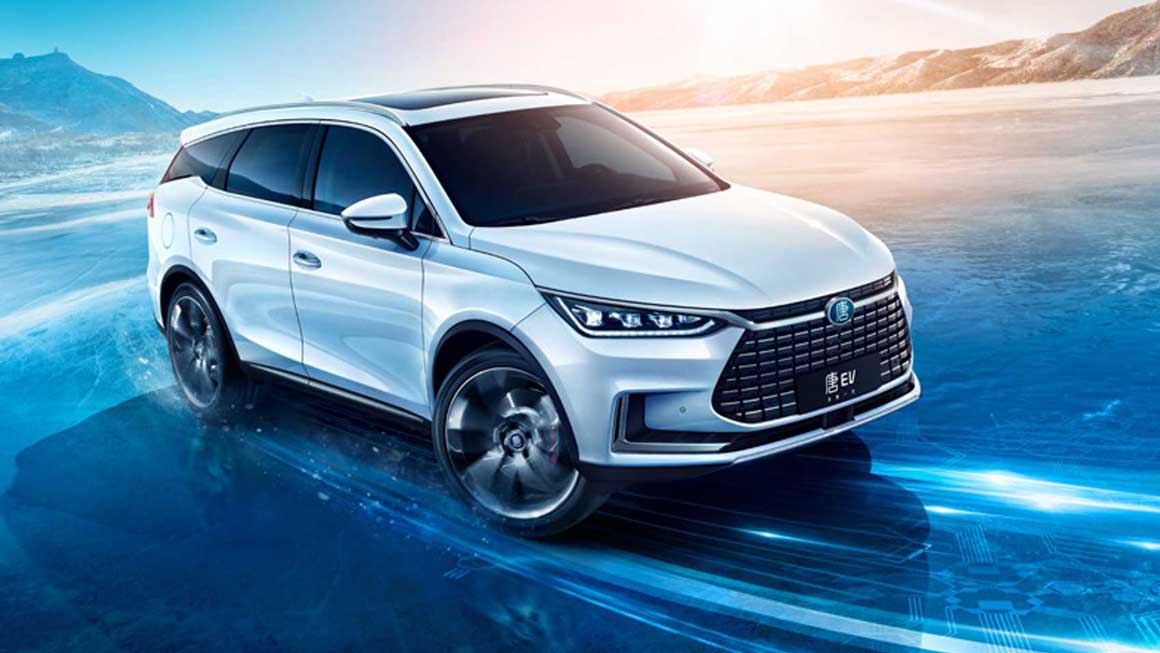
Chinese electric vehicles
It is pretty much a given that at some point Chinese car makers will enter the Australian market with electric vehicles. The Tang EV600, which BYD will launch in Europe starting with Norway, is one possible contender.
Like South Korean car makers, Chinese car makers were once seen as poorly made copies at best – but how times have changed. China is now the world’s leading market for electric vehicles, and with a strong hand in battery research and development it will have the advantage of competitive pricing also.
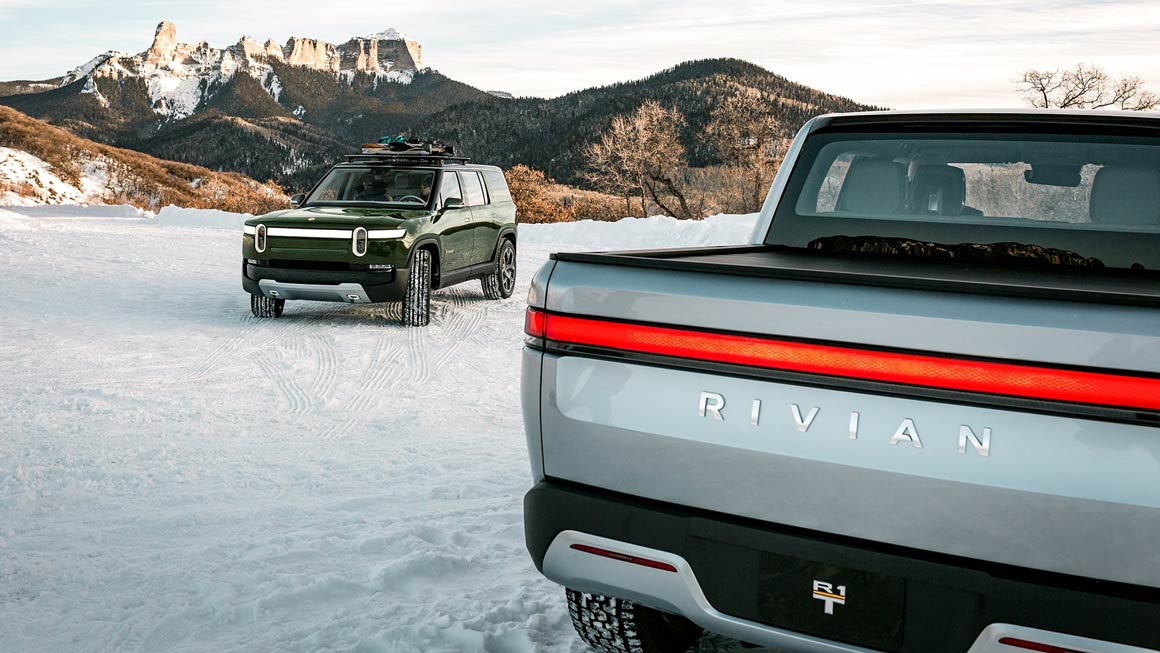
Electric utes
Unsurprisingly, we think this category deserves a headline of its own, if only to highlight how much work is being done on electric utes (short for utility trucks and known as pickups in the US).
As the aforementioned answers to Senate Estimates acknowledge, both Tesla and Amazon and Ford-backed startup Rivian are working on electric utes – namely the Cybertruck and the Rivian R1T. As too are Ford, GM, Nissan Dong Feng, Nikola and another startup named Atlis Motors.
There are also Australian companies working on conversion of existing electric vehicles for the mining industry, such as GB Auto, or from scratch for the light commercial sector, such as ACE-EV’s Yewt.
As far as availability for Australians go, it is only the Cybertruck that can currently be pre-ordered, although Rivian has said that it considers Australia as one of its key markets.
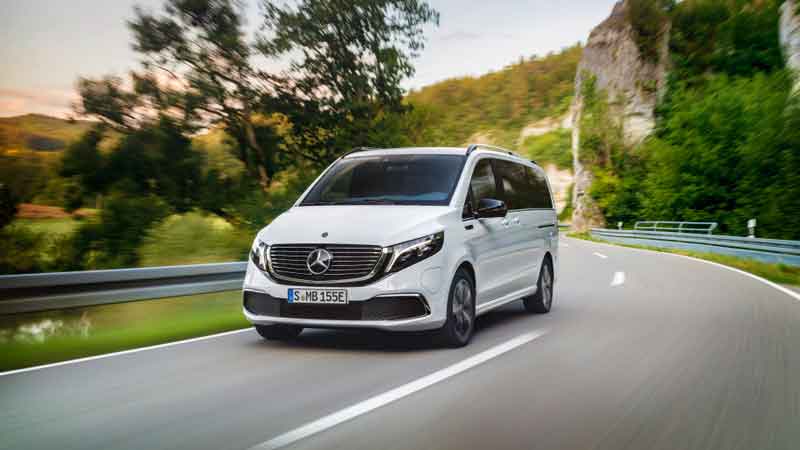
Electric vans
Another segment that deserves more attention in Australia, without a doubt. Electrification of fleets is a key area that can accelerate adoption of electric vehicles in Australia, but there is currently only one option available new in Australia – the Renault Kangoo ZE.
A spokesperson for Mercedes-Benz has confirmed that the eSprinter, eVito and recently launched EQV may come to Australia although a timeline has not been confirmed.
“There is interest in Australia, particularly from large fleet operators looking to reducing their carbon footprint. We have begun to investigate what the market volume opportunity looks like and what type of customers would benefit from EV,” the spokesperson said.
There is also an all-electric commercial van sourced from Chinese Skywell that Australian startup EV Automotive will soon begin testing on Australian roads.

Bridie Schmidt is associate editor for The Driven, sister site of Renew Economy. She has been writing about electric vehicles since 2018, and has a keen interest in the role that zero-emissions transport has to play in sustainability. She has participated in podcasts such as Download This Show with Marc Fennell and Shirtloads of Science with Karl Kruszelnicki and is co-organiser of the Northern Rivers Electric Vehicle Forum. Bridie also owns a Tesla Model Y and has it available for hire on evee.com.au.


